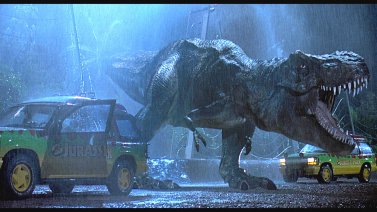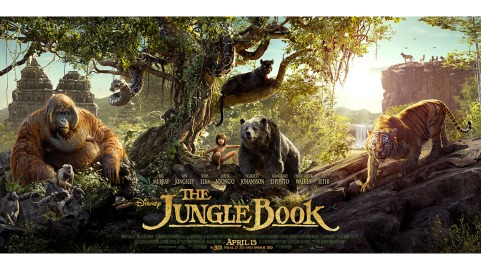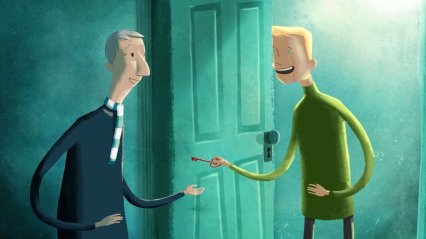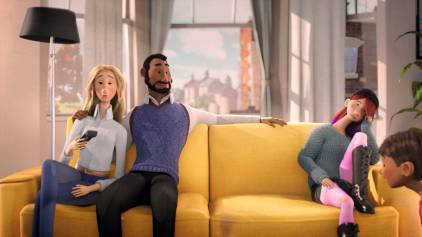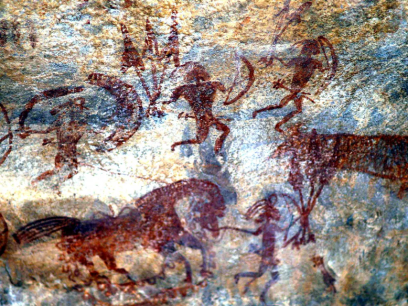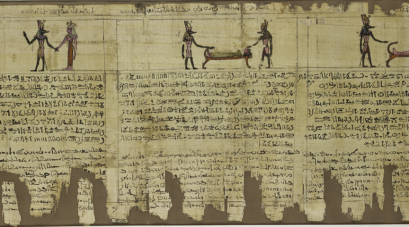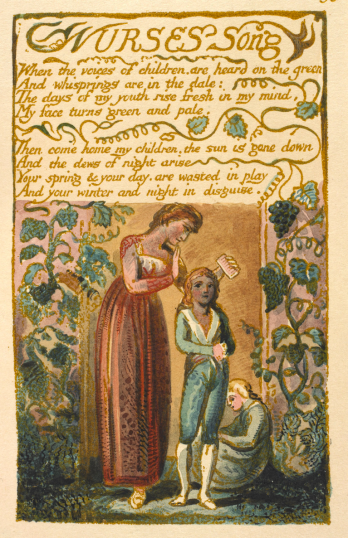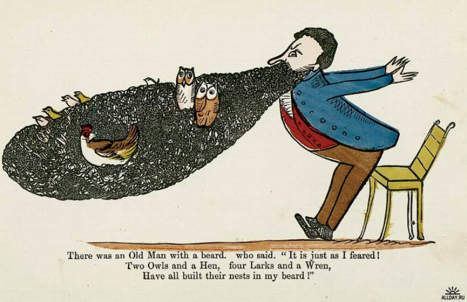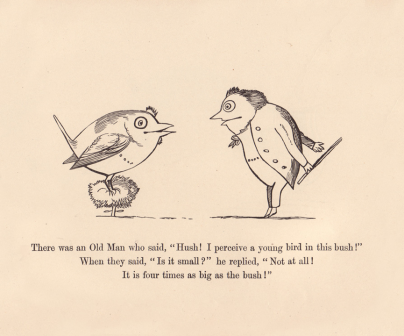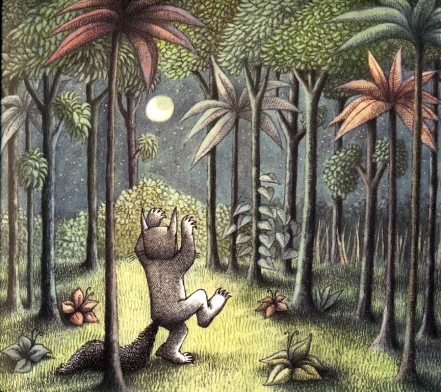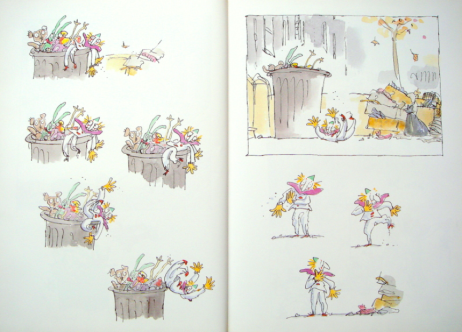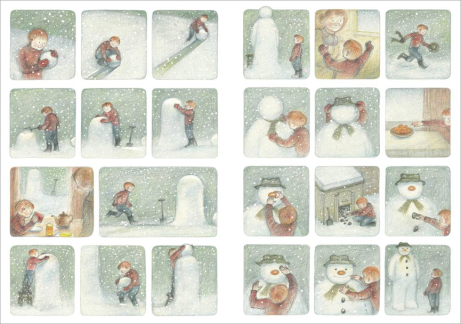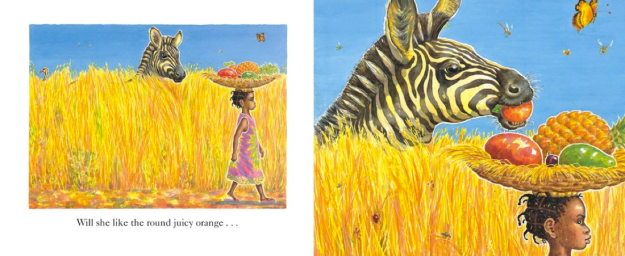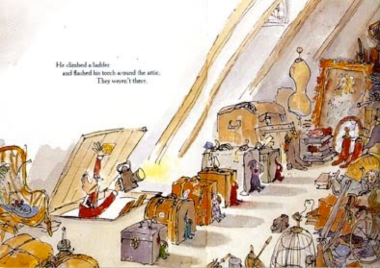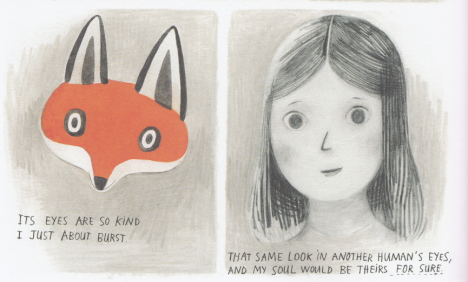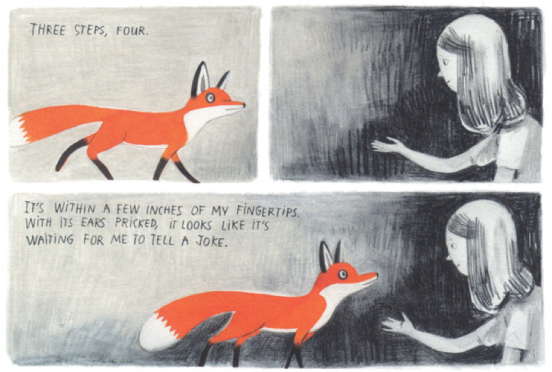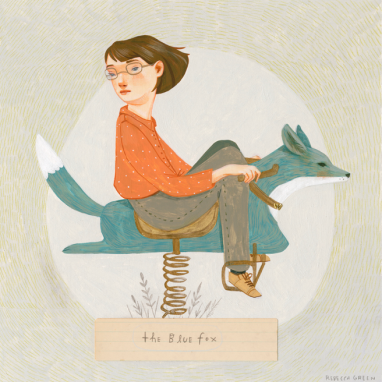My initial issue that I was focusing on was the effects of animal agriculture on global warming and the environment. Having discussed this with my tutor, I realised that it would probably be more effective to focus on a single aspect of this issue, for example, rainforest destruction or wasting water. This way, I can research more extensively into the subject and produce more reliable information to advise people.
There is no denying that animal agriculture has a huge effect on the environment, so one of the obvious solutions would be to encourage people to be more conscious of their environment and stop eating meat, (and ideally dairy and eggs). Having done some research into children’s books, set design and animation on these issues, I actually found surprisingly little, if anything on the effects of animal agriculture on the environment. The article by George Monbiot, “It’s time to wean ourselves off the fairytale version of farming” I felt made an interesting point, it suggests to some extent we are disguising what happens in the real world for children, and even adults! I think it’s so important to come to terms with what is happening in the world in order to save it.
I was particularly interested in children’s book illustrations on the environment, I found some really beautiful books that encouraged change in quite a heart-breaking way. For example, Barroux’s “Where’s The Elephant” shows the effects of deforestation by seeing the animal’s homes slowly being destroyed. Lynne Cherry’s “The Great Kapock Tree: A Tale of the Amazon Rainforest” uses very beautiful imagery to illustrate the effects of cutting down trees. I think having scenic drawings with lovely colours, allows us to realise what we are destroying. I think this is a very wise approach in encouraging people to realise what we are doing to the planet.
However, I feel taking an entirely negative and aggressive approach seems to be what puts people off helping. I think maybe I should focus on a positive outlook and what we can do to save the planet rather than scaring everyone into change. I think maybe including some of the shocking facts and research is vital, but then offering some suggestions on how to support our planet will perhaps have a more effective result. In my work, I want to use the technique that appeared popular in the books that I had found: using colour and imagery to draw attention to the effects of animal agriculture on our environment, but I also want to point out the possibilities of where we, as individuals can make a difference!
In my opinion, this is what we need to focus on, the power that we have individually to save the animals, the rainforest and the people.

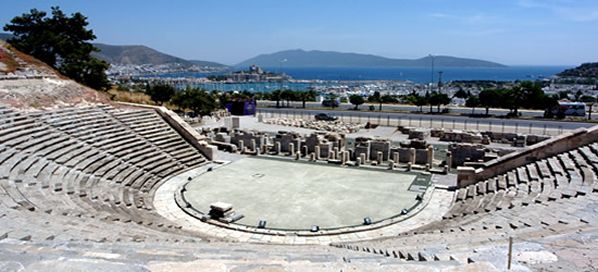
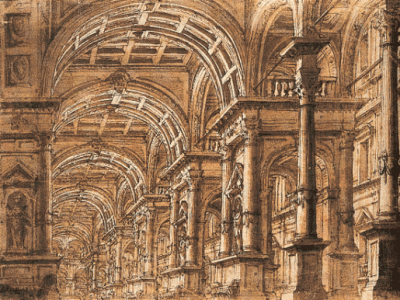



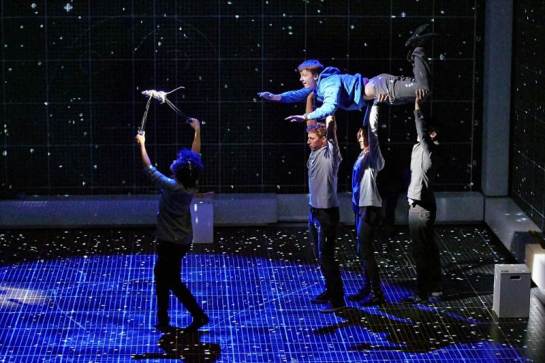
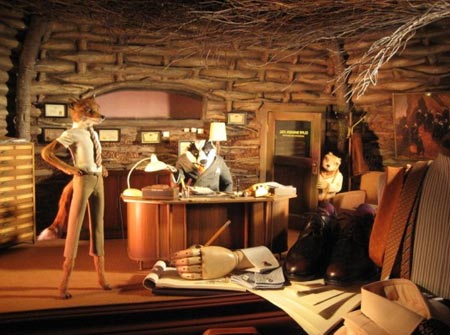

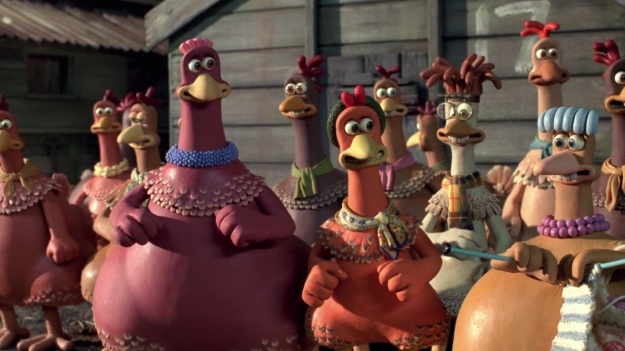 One thing I notice about these two films and what they have in common in terms of set design is their warmth in colour and homely feel. I’m not sure whether this was deliberate or not, but for me, it creates a relatable feeling towards the characters, maybe to allow people to empathise with the animals?
One thing I notice about these two films and what they have in common in terms of set design is their warmth in colour and homely feel. I’m not sure whether this was deliberate or not, but for me, it creates a relatable feeling towards the characters, maybe to allow people to empathise with the animals?
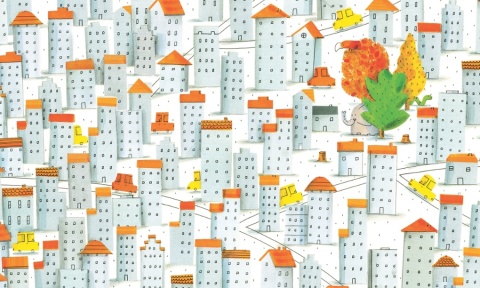

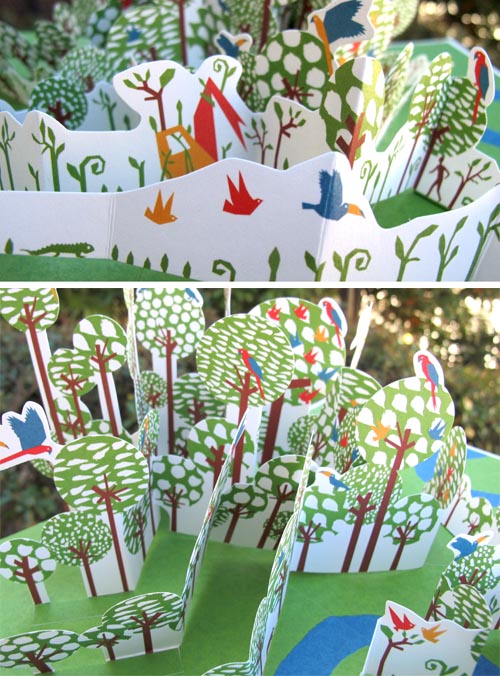

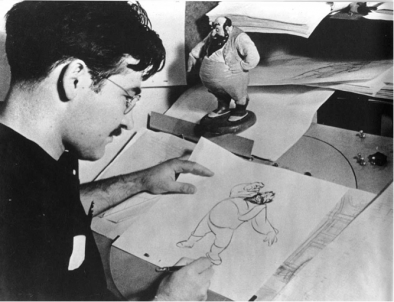 This is an older form of animation, it requires drawing every frame in a sequence. It’s sequential drawings, in which the frames move very quickly to create the illusion of a moving image. Traditional animation usually uses 12 frames per second.
This is an older form of animation, it requires drawing every frame in a sequence. It’s sequential drawings, in which the frames move very quickly to create the illusion of a moving image. Traditional animation usually uses 12 frames per second.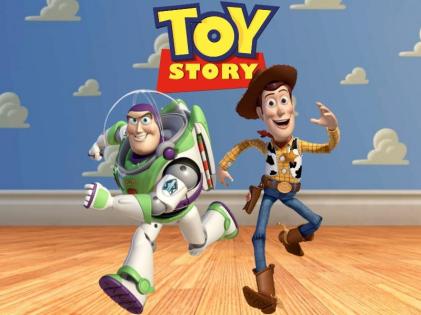 or “3D animation” means the animator will use a computer programme that controls the drawings like a puppet. e.g. can individually move the legs, arms, eyes etc. The frame rate in 3D animation tends to be 24 frames per second.
or “3D animation” means the animator will use a computer programme that controls the drawings like a puppet. e.g. can individually move the legs, arms, eyes etc. The frame rate in 3D animation tends to be 24 frames per second.
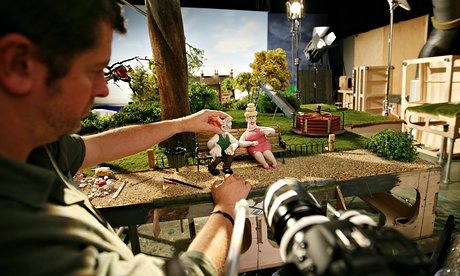
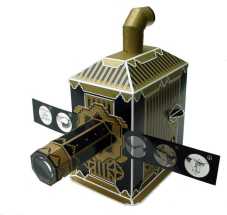 This is arguably not animation, in the 1800s the zoetrope and the flip book appeared, these were perhaps more recognisable as animation today.
This is arguably not animation, in the 1800s the zoetrope and the flip book appeared, these were perhaps more recognisable as animation today. 
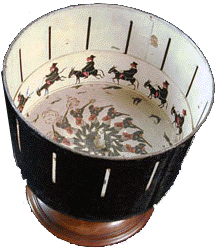
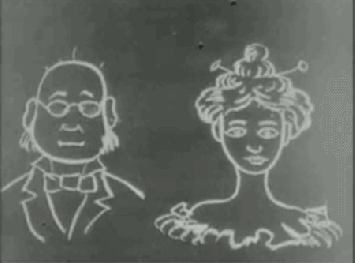
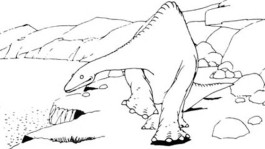 The characters in these short animations were very simple at this time.
The characters in these short animations were very simple at this time. Animation rapidly started to grow in popularity, particularly in cartoons. “Snow White and the Seven Dwarfs” had its own sound effects and music, with personalities given to each of the characters, it was the first colour animated full film.
Animation rapidly started to grow in popularity, particularly in cartoons. “Snow White and the Seven Dwarfs” had its own sound effects and music, with personalities given to each of the characters, it was the first colour animated full film.
